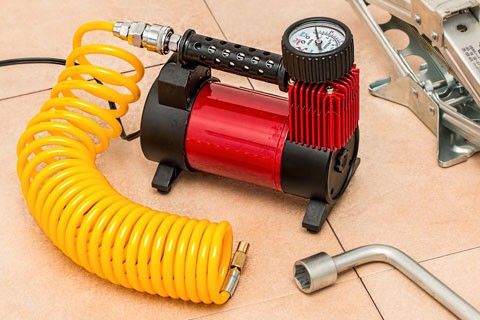Hyundai Ioniq Tire pressure
Hyundai Ioniq Reifendruck
Hyundai Ioniq Pression des pneus
Hyundai Ioniq Presion de llantas
Hyundai Ioniq Pressao de pneus
Wheel pressure should be checked regularly, ideally check your wheel pressure on a monthly basis. Always check your car tire pressure two hours after parking the vehicle.
Remember to regularly check the health of the valves to ensure a perfect seal, and can provide longer life.
If you need to have your 4 wheels checked, do not forget to check the pressure of your extra tire.
In winter, when the temperature is very cold, it may also be advisable to increase the inflation pressure.

Disclaimer: We cannot guarantee that all information present on this website is entirely up to date and relevant, even though every piece of work was produced so that it is held as up-to-date and correct as possible. This website provides information on the basis “as is,” “as available.” “as available.” You agree that your exclusive danger is the use of the platform. We reject any form of warranty.
There are several options for checking or inflating your tires: go to a qualified professional, use the inflation devices provided by some gas stations and car washes, or equip yourself with a compressor and inflation gun.
Low tire pressure control causes most broken tyres. For each model, car makers prescribe some pressure to ensure greater grip and optimum security.
Hyundai Ioniq Where to find information related to pressure
The prescribed pressure varies depending on the car type. It’s usually stated in the owner’s manual, on the door’s edge, or on the fuel tank door. It is expressed in the form of two numbers, in bar units, usually about 2. The first number represents the front tire pressure, while the second represents the rear tire pressure.
Depending on the car load, the tire pressure can vary. Thus, the recommended pressure for a loaded vehicle should be added to 0.2 bar.
Hyundai Ioniq How to measure the pressure?
Still calculate the pressure of your tyres while they are cold, as pressure rises when driving on a daily basis.
Apply the same amount of pressure on both front and rear tires at all times. Only a front-to-back distinction is possible.
Don’t forget to close the valve caps properly as they protect the valve from dirt and dust, thus avoiding any risk of leakage.
When to control the pressure
Tire pressure should be monitored frequently and at strategic times.
Before a long trip, for example, the control is essential to limit the risks of puncture and wear
The pressure should be monitored every two weeks for regular use. Finally, we suggest that the pressures be reviewed every month with less daily use, taking into account the fact that a tire is tested when it’s cold.
Tire pressure differences between summer and winter
When testing tire pressure, consider the seasons as well, as outside conditions have an effect on the inside pressure of the tire.
The addition of 0.2 bar to winter tyres is also advised.
It is important to monitor the vehicle’s tyre pressure on a regular basis. Under-inflated tires will jeopardize your driving safety by creating a lack of grip or less efficient braking.
Furthermore, it has been shown that 0.5 bar below the recommended inflation pressure cuts the tire’s life span by 20%. Under-inflated tires also appear to increase fuel consumption.
The underinflated tyre is ultimately under tension and will explode at high speeds.
| Hyundai Ioniq | |
| 1.6 GDI Hybrid | |
| 195 65 R15 91H | |
| Rear Min. | 2.5 |
| Rear Max. | 2.5 |
| Front Min. | 2.5 |
| Front Max. | 2.5 |
| Hyundai Ioniq | |
| 1.6 GDI Hybrid | |
| 225 45 R17 91V | |
| Rear Min. | 2.5 |
| Rear Max. | 2.5 |
| Front Min. | 2.5 |
| Front Max. | 2.5 |
Links :
Tire pressure gauge
TPMS